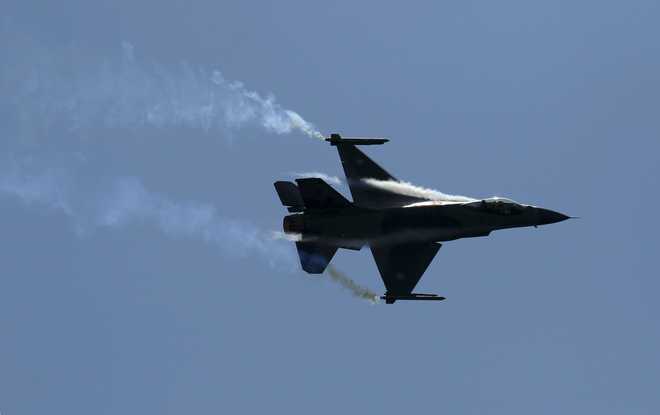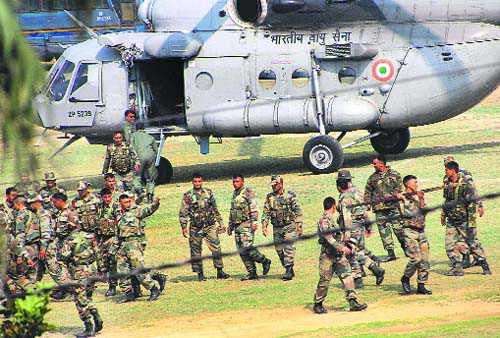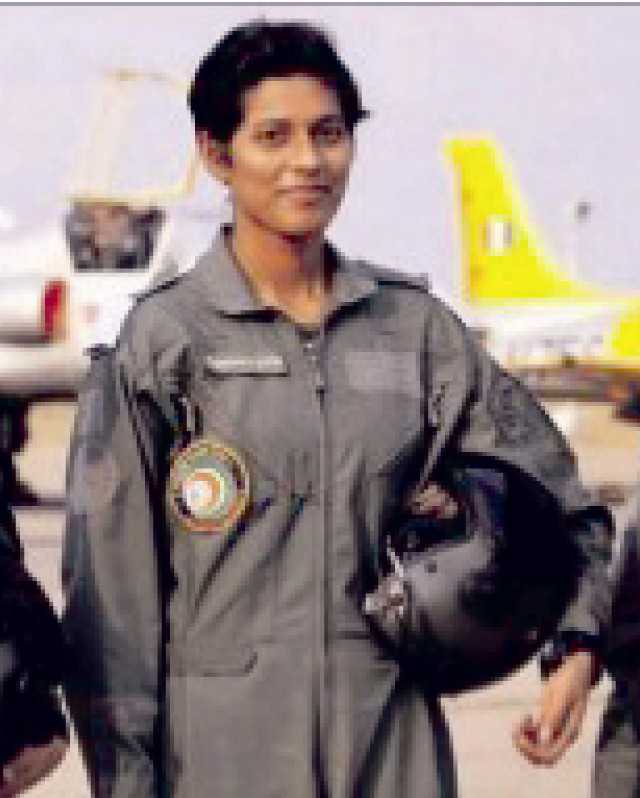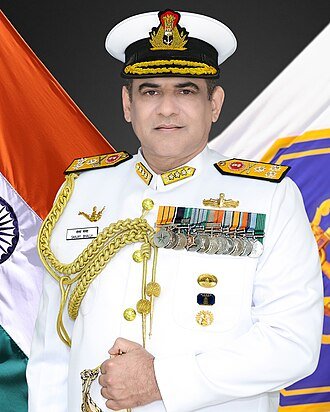
A Pakistani F-16 fighter performs during a ceremony marking Pakistan Defence Day in Islamabad on September 6, 2015. Reuters file photo
Washington, March 5
Amidst stiff opposition from India and top American lawmakers, the US government has formally published federal notification for the sale of eight F-16 fighter jets to Pakistan.“This proposed sale contributes to US foreign policy objectives and national security goals by helping to improve the security of a strategic partner in South Asia,” said the notification which was published by the federal register yesterday, along with a copy of the February 11 letter, which the Defense Security Cooperation Agency wrote to the House of Representatives Speaker Paul Ryan.The total cost of these F-16 is estimated to be nearly $700 million, said the federal notification. It added that the Government of Pakistan had requested for this sale.India has opposed the sale of F-16 to Pakistan, saying it disagree with Washington’s rationale that such arms transfers help to combat terrorism.Republican Senator Rand Paul has asked colleagues in the Senate to join him in opposing the sale of F-16s to Pakistan.Pakistan Prime Minister’s Adviser on Foreign Affairs Sartaj Aziz told Defence Writers Group this week that Pakistan had initially requested for 18 F-16s, but because of “financing problem” it is purchasing just eight.”In the last five years Pakistan air force has been saving US assistance to be able to finance these F-16. That is why, the administration has recommended that these should be sold because it is a very critical part of our counter terrorism operation,” Aziz said.These F-16, Aziz argued, are a critical tool in the war against terrorism.When asked if this is to be used only in the tribal region, he did not rule out otherwise.”This is part of our fleet. For the last two-three years they have extensively been used in tribal areas,” Aziz said. “Right now the specialised need is the counter-terrorism operation, for which we are heavily dependent of F-16.”According to notification published in the federal register, the proposed sale improves Pakistan’s capability to meet current and future security threats.“This sale will increase the number of aircraft available to the Pakistan Air Force to sustain operations, meet monthly training requirements, and support transition training for pilots new to the Block-52. Pakistan will have no difficulty absorbing these additional aircraft into its air force,” the federal register said.As per the notification, this sale involves the release of sensitive technology to Pakistan. The F-l 6C/D Block 50/52 weapon system uses the F-16 airframe and features advanced avionics and systems.It contains the Pratt and Whitney F-100-PW-229 engine, AN/APG-68V(9) radar, digital flight control system, external electronic warfare equipment, Advanced Identification Friend or Foe (AIFF), LINK-16 datalink, and software computer programs.As per federal notification, if a technologically advanced adversary were to obtain knowledge of the specific hardware or software source code in this proposed sale, the information could be used to develop countermeasures which might reduce weapon system effectiveness or be used in the development of systems with similar or advanced capabilities.The benefits to be derived from this sale in the furtherance of the US foreign policy and national security objectives outweigh the potential damage that could result if the sensitive technology were revealed to unauthorised persons, the federal notification said. — PTI


































































